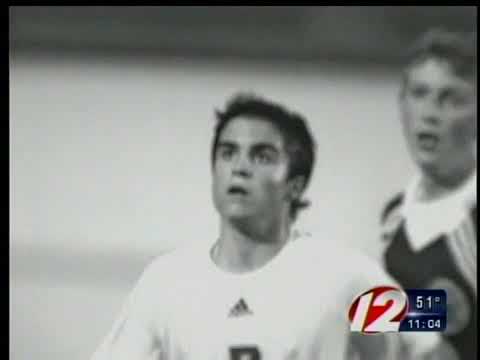Doctors around the world are becoming more aware of the damage from a “simple” concussion. They have found there actually isn’t such a thing as a simple concussion, and even if there are no immediate signs of brain damage there could be lasting effects that won’t show up for years.
The National Football League (NFL) has pulled out all the stops to inform the public as well as their players of the long-term effects of head trauma. They want to make sure people are aware that even the slightest jar to the brain is serious enough to warrant medical attention and monitoring. Youth sports are receiving special attention for possible later development problems.
Falling off a skateboard, whiplash in a car accident, falling down a flight of stairs or even running into a wall that results in jarring of the brain, especially if consciousness has been lost for even a few seconds, are all possible situations that could result in traumatic brain injury (TBI). Concussions can come from a fall, bump, impact, blow or jolt to the brain. The body moves ones way while the head shakes quickly back and forth. The brain also moves within the skull, and could cause swelling or impairment. Infants and toddlers who have been shaken sustain what they call “shaken baby syndrome.” In babies and older people a concussion can be fatal almost immediately.
A study published in the New England Journal of Medicine suggests a link between head injuries and conditions of the brain. Doctors now believe that repeated blows to the heads of players in contact sports — like boxers, football and basketball and soccer players, can lead to degenerative diseases like Parkinson’s or Lou Gehrig’s Disease. (most notable victim is Mohammad Ali)
Traumatic injuries occurring from sports have continued to rise, while other injuries have declined. This could be due to the increased awareness of potential problems down the line and more injuries are now being reported. Testimony given before the U.S. Congress has drawn attention to concussion in young athletes and are talking about legislation to address the issue. Their conclusion was:
Every contact sport, no matter whether its boys or girls, has potential for head-related injuries
If not properly treated, head injuries can result in poor mental performance
More than 1.5 million Americans a year sustain some type of mild concussions (traumatic brain injuries), with no loss of consciousness and no feeling that they need to seek medical attention. Approximately the same number of people lose consciousness from a head injury, but the injury is not thought to be severe enough to require long-term medical care. The Centers for Disease Control and Prevention (CDC) has voiced concern that a concussion can lead to recurring headaches, memory lapses, and loss of coordination for weeks, and even months after the initial injury. They are even more concerned that the symptoms may remain latent and not manifest themselves until years later.
There haven’t been a lot of studies done on minor head injuries with complications that manifest themselves later in life. Because there is such a varied time span between the initial injury and symptoms doctors don’t usually connect the concussion to the brain-related condition.
For additional information on traumatic brain injuries refer to the CDC website (http://www.cdc.gov/concussion/index.html) has a lot of information about head trauma and concussions, and has instituted a Heads Up: Concussion in Youth Sports program (http://www.cdc.gov/concussion/HeadsUp/youth.html) to provide valuable information on recognizing, response and prevention to coaches, parents and athletes in youth sports.
—
From the Desk of Ron White
Sources:
Practical Memory Institute: http://memoryzine.com/2011/01/15/concussion-in-young-athletes-has-real-cognitive-consequences/ (January 15, 2011)
New England Journal of Medicine: Traumatic Brain Injury – Football, Warfare, and Long-Term Effects – http://www.nejm.org/doi/full/10.1056/NEJMp1007051
Centers for Disease Control and Prevention (CDC): Heads Up: Concussion in Youth Sports – http://www.cdc.gov/concussion/HeadsUp/youth.html & http://www.cdc.gov/concussion/index.html



